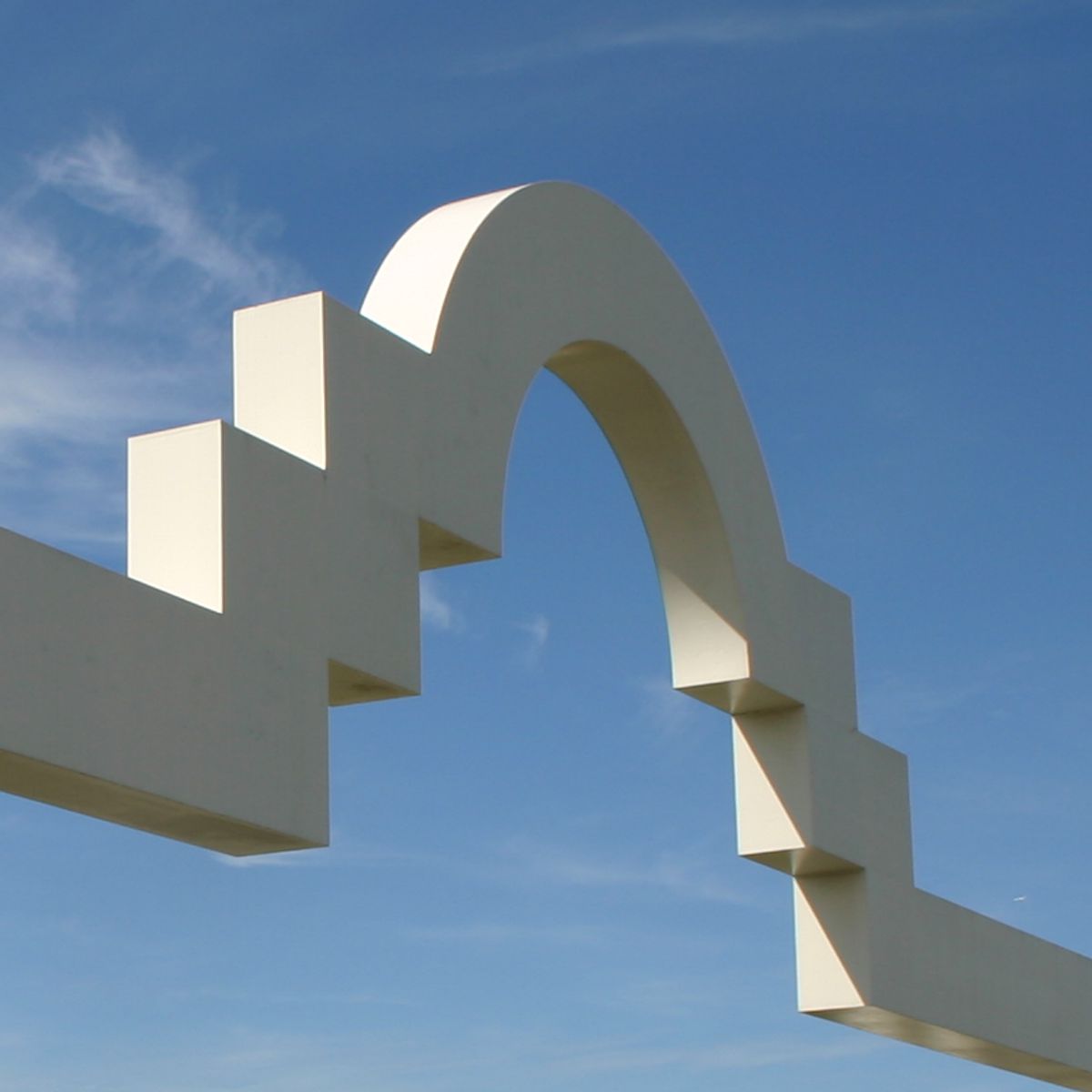Local Green Building Council Branch Sets 2011 Schedule for Sustainability Events
Local Green Building Council Branch Sets 2011 Schedule for Sustainability Events

By now, most people are familiar with the term "LEED-certified" and understand that it is connected in some way to green buildings. What the acronym stands for, however, and what it takes to earn the designation are not as commonly known.
The source for additional information is the U.S. Green Building Council (USGBC), a national nonprofit community of leaders whose Northern California chapter includes the Diablo East Bay Branch, which serves the Tri-Valley and other local cities. Using a suite of rating systems, LEED, for Leadership in Energy and Environmental Design, "encourages and accelerates global adoption of sustainable green building and development practices." Its third-party certification program has been designed to recognize, at various levels, "projects that implement strategies for better environmental and health performance."
In addition to the building rating system, the USGBC has also developed a continuing education curriculum that leads to LEED credentialing for those associated with the built environment, from architects and designers to product manufacturers.
Alex Gilmete, Executive Vice President of San Ramon's Interform Commercial Interiors of San Ramon, is chairman of the USGBC-NCC Diablo East Bay Branch (DEBB) and a LEED AP (Accredited Professional). Noting that the Bay Area's larger cities like San Francisco, San Jose, and Berkeley have advanced further along the green path, Gilmete observes that "here it is a different story. Some people may not know what goes on in a green building or what a sustainable community means. Our branch is trying to get a handle on what our stakeholders need to know.
"It's an exciting time here in Contra Costa and Alameda counties," he continues. Perhaps ironically, the economic downturn has presented the green movement with the positive opportunity for what Gilmete calls a "mid-course correction," enabling advocates to sift through the wealth of information and clear up the plethora of inflated claims - "green-washing" - with no substance behind them. One conclusion Gilmete emphasizes is that sustainable products should have a positive financial impact. They need to make sense economically, with a payback closer to two years than the traditional five. Improvements in employee health, morale, and productivity are also benefits of green practices that can be quantified.
Locally, several other entities are engaged in promoting sustainability, from Pleasanton's green building requirements and Sustainable Contra Costa to IFMA (International Facility Management Association) and CoreNet Global, and, at the state level, the new CALGreen building code, which took effect on January 1. "We are constantly reaching out to other organizations to collaborate on events and offer shared learning," Gilmete remarks. "It's not always easy to do, but when we partner, for example with BOMA (Building Owners and Managers Association International), we get a couple hundred people showing up, so we are trying to do this more often."
Gilmete invites representatives from Hacienda companies to attend any of the multitude of DEBB events planned for 2011. The Bay Area LEED User's Group (BAyLUG) meets on the second Wednesday of January, April, July, and October. Networking events take place on the third Thursday of January, April, July, and October. Educational programs are held on the third Thursday of February, May, August, and November, while lunch programs are slated for the third Thursday of March and June. For more information or to see the complete schedule, go to www.usgbc-ncc.org and select Diablo East Bay under the Branches heading.
Also in this issue...
- Newly Relocated Hatch Mott MacDonald Rides High-Profile Projects
- New World Music Academy Adds to Hacienda's Harmony
- Business Bits
- Executive Profile: Derek Wiseman, Rider Sportsfashion LLC
- MI9 Offers Full Suite of Software for Retail Operations
- Javelin Strategy & Research Expansion Parallels Financial Services Growth
- Hacienda Construction, Leasing Activity Continue Despite Tough Economy in 2010
- Local Green Building Council Branch Sets 2011 Schedule for Sustainability Events
- Theater Company Supports Summer Shakespeare Festival with Feb. 26 Workshop Fundraiser
- Project SEARCH Supported Employment Looking to Place Program Graduates
- Hacienda Online!
- Hacienda Index
- Calendar




